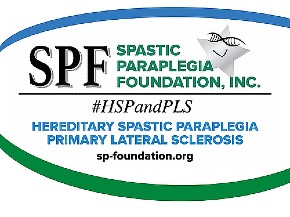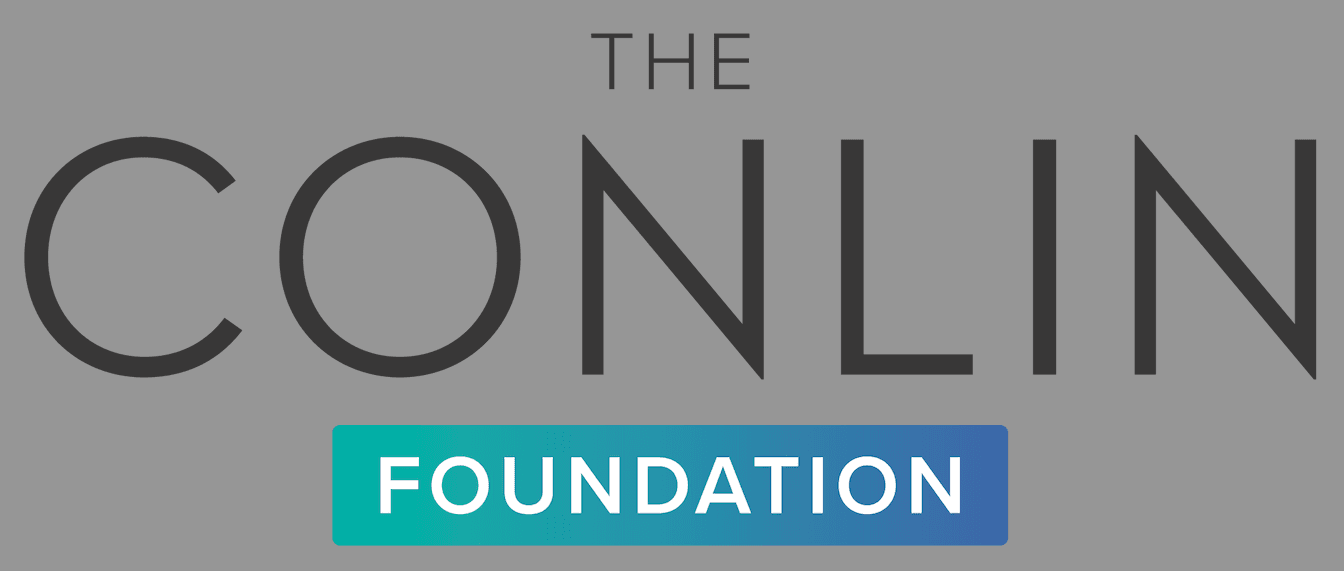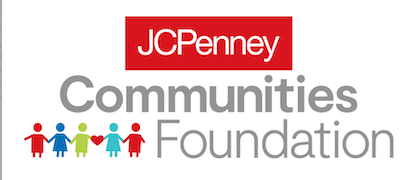NEW YORK (GenomeWeb) – CRISPR-Cas9 genome editing has the potential to heal a variety of diseases, but the problem of off-target effects is a challenge researchers have yet to surmount.
In a new study published today in Science Advances, researchers led by University of California, Berkeley's Jennifer Doudna describe an anti-CRISPR protein from the Listeria bacteriophage that can block Cas9 from interacting with DNA. If applied at the right time to genes that have been treated with CRISPR-Cas9 editing complex, this inhibitor protein — AcrIIA4 — can prevent cutting at the wrong sites and therefore reduce off-target effects.
"We show that the anti-CRISPR protein AcrIIA4 binds only to assembled Cas9–single-guide RNA (sgRNA) complexes and not to Cas9 protein alone," the authors wrote. "Order-of-addition experiments showed that AcrIIA4 interferes with DNA recognition but has no effect on preformed Cas9-sgRNA-DNA complexes. Timed delivery of AcrIIA4 into human cells as either protein or expression plasmid allows on-target Cas9-mediated gene editing while reducing off-target edits."
The researchers chose to investigate the 87-amino acid anti-CRISPR-Cas9 protein AcrIIA4 because it inhibits multiple Cas9 proteins, including the widely used Cas9 ortholog from Streptococcus pyogenes (SpyCas9), and it blocks Cas9-mediated gene editing in human cells. They performed cryo-electron microscopy single-particle analysis on a SpyCas9-sgRNA complex bound to AcrIIA4 as well as several structural experiments, and found that AcrIIA4 is a highly acidic DNA mimic that blocks target DNA recognition.
They then subjected DNA substrates containing a target sequence to Cas9-sgRNA-catalyzed DNA cleavage assays, and saw that Cas9-sgRNA alone completely cut the target DNA within five minutes, but that AcrIIA4 limited cleavage at even later time points.
"These data show that AcrIIA4 functions as a robust Cas9 'off switch' that can inhibit most Cas9 activity at low concentrations," the team wrote.
To determine the ability of AcrIIA4 to regulate gene editing in human cells, the researchers then used human K562 erythroleukemia cells stably expressing a chromosomally integrated blue fluorescent protein (BFP) reporter, and introduced Cas9-sgRNA complexes targeting BFP. This resulted in the loss of BFP fluorescence in almost all cells. However, simultaneous delivery of the Cas9 complex and the AcrIIA4 protein inhibited Cas9-mediated gene targeting by up to 80 percent.
Further, introducing the AcrIIA4 plasmid into the cells before the introduction of the Cas9 complex inhibited Cas9-mediated gene targeting to an even greater extent, and that introducing AcrIIA4 six hours after Cas9 reduced editing by about 50 percent. "In sum, controlling the timing of AcrIIA4 inhibition in human cells strongly affects the frequency of gene editing at a given locus," the authors wrote.
Evidence suggests that off-target sites may be bound without being immediately cleaved by Cas9, they added, and that at least half of on-target Cas9 editing takes place within the first six hours after the editing enzyme is introduced to a cell. This suggested to the researchers that the properly timed introduction of an inhibitor protein such as AcrIIA4 would not inhibit on-target editing, but would significantly reduce off-target editing.
"The recent and rapid expansion of the Cas9 toolkit for gene editing applications has lacked an inducible off switch to prevent undesired gene editing. Newly discovered protein inhibitors, encoded by bacteriophages, provide an attractive solution to this problem because these proteins are small and function well in human cells," the researchers concluded. "The deployment of DNA mimics to inhibit a DNA-binding protein is an elegant solution that is often deployed in the phage-host arms race. We anticipate that Cas9 inhibitors could be broadly useful in situations where precise control of either on- or off-target gene editing is desirable."









